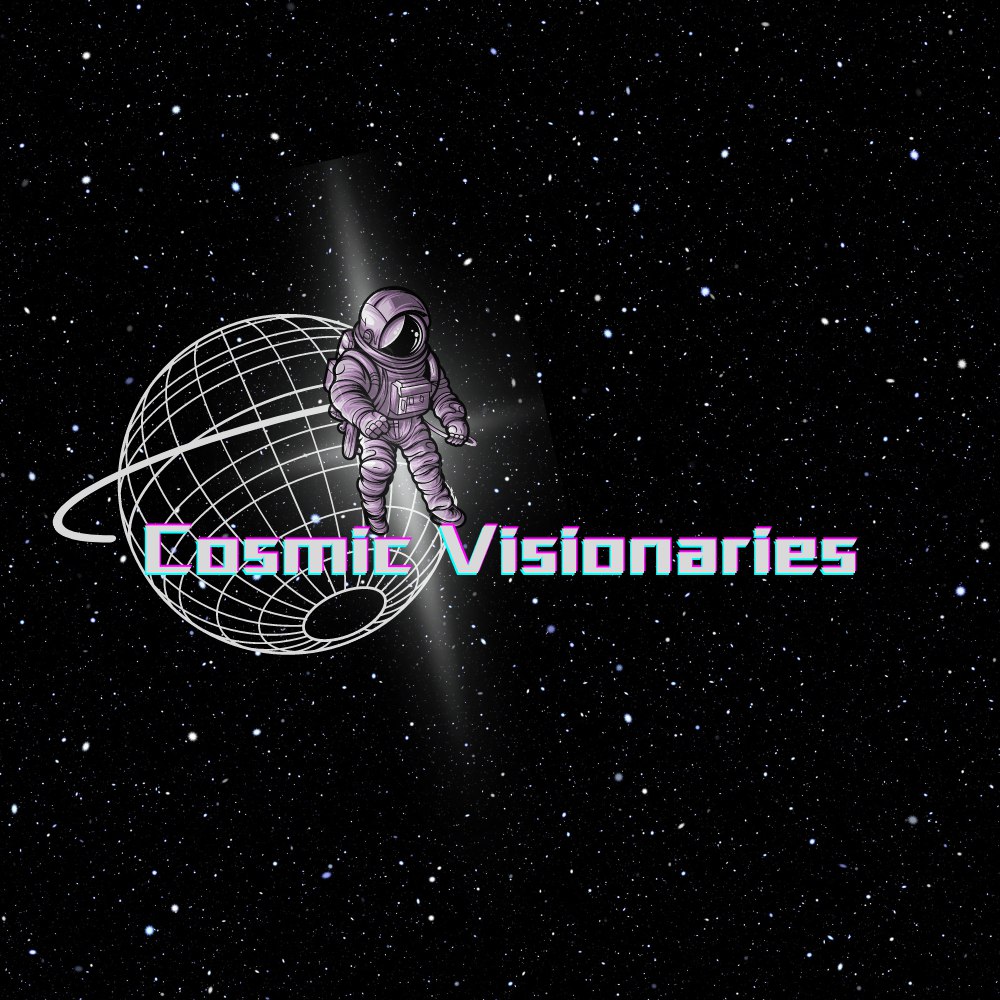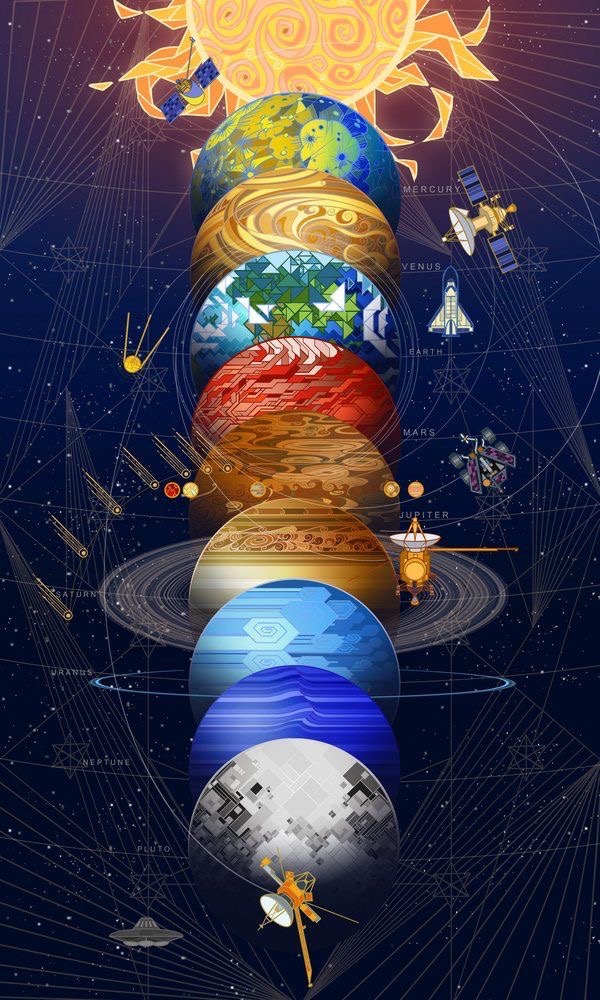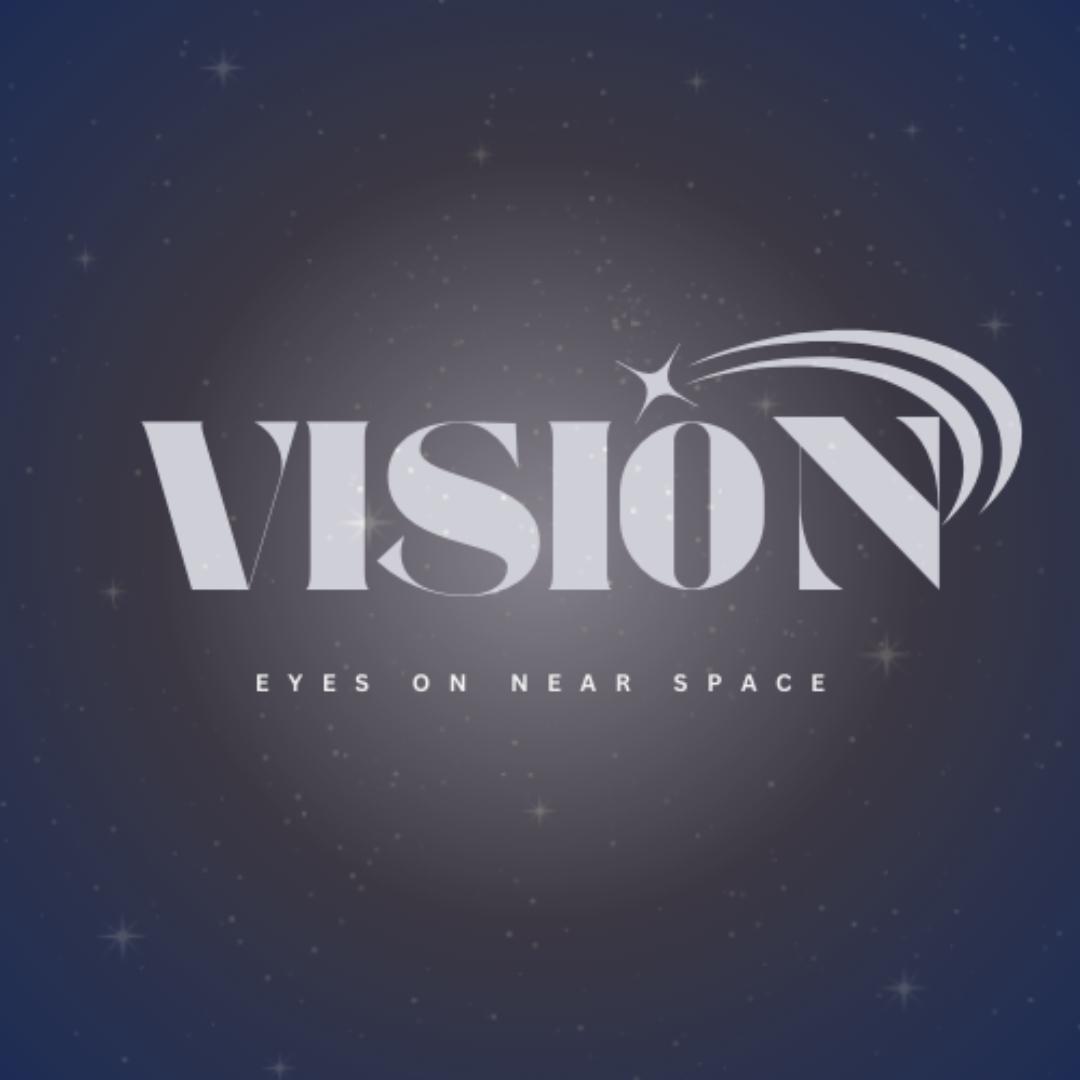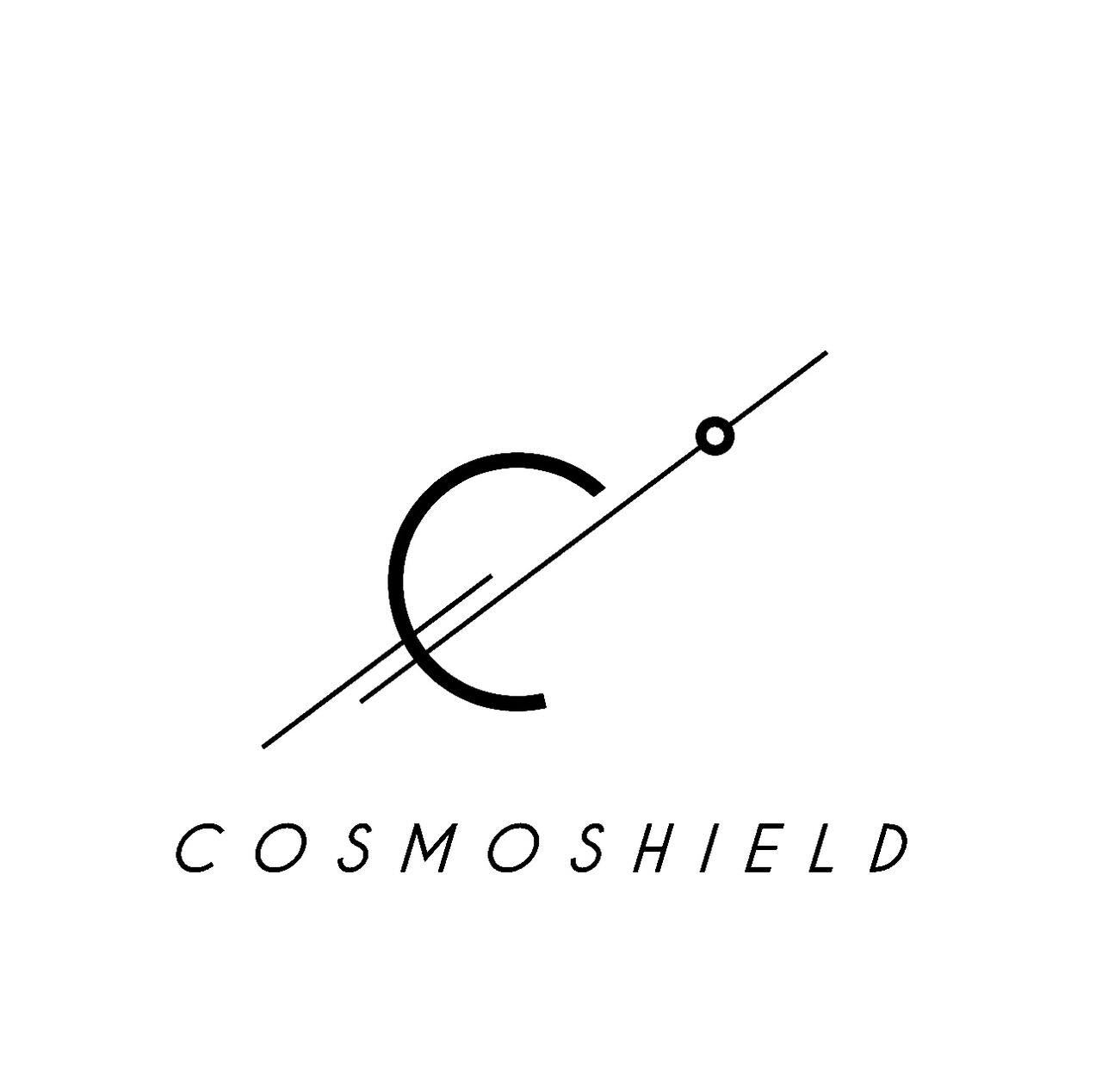Background
Since a mechanical model of the solar system was presented to Charles Boyle, 4th Earl of Orrery, in 1713, such models have been referred to as orreries. In the present day, we have access to numerous tools that enable us to develop virtual models of celestial bodies in addition to mechanical models. But no matter what kind of orrery one is developing, it is necessary to determine the orbits of the celestial bodies depicted. Keplerian parameters, named after Johannes Kepler (1571-1630), describe an elliptical orbit; these parameters include eccentricity, semi-major axis, inclination, argument of periapsis, true anomaly, and longitude (or right ascension) of the ascending node.
An orrery can depict many types of celestial bodies including planets, Near-Earth Comets (NEC), Near-Earth Asteroids (NEA), and a subset of NEA called Potentially Hazardous Asteroids (PHA). Collectively, NEA, NEC, and PHA are known as Near-Earth Objects (NEO). A static orrery is an interactive 3D model that presents the position of celestial bodies, such as planets and NEOs, relative to the Sun, while a dynamic orrery is animated such that the positions of the celestial bodies change over a period of time.
Numerous NASA resources relevant to this challenge are publicly available, including a database to obtain the data needed to determine the position of planets and NEO, tutorials to help you learn how to plot and simulate an orbit, an example orrery that presents PHA, approximate Keplerian parameters for the planets, a small-body database that provides Keplerian parameters, and more.
Objectives
Your challenge is to create an interactive orrery web app that is embedded in a webpage and displays celestial bodies such as planets, Near-Earth Asteroids, Near-Earth Comets, and Potentially Hazardous Asteroids.
Your orrery could educate the public about our solar system. What type of orrery will you develop to depict these celestial bodies in an interactive and visually appealing manner? Will you create a video game that enables users to explore the solar system, survey asteroids for mining missions, or push PHAs to a safer orbit? Will your team generate a static orrery, or develop a dynamic orrery? No matter what you decide to implement, don’t forget to make your orrery interactive.
Participation in this Space Apps challenge can give your team hands-on experience using NASA data and code, working with 3D graphics code libraries, and designing and deploying a web app. This challenge offers beginner, intermediate, and advanced options for you to consider, depending on your team members’ programming skill levels.
Potential Considerations
You may (but are not required to) consider the following:
For data and resources related to this challenge, refer to the Resources tab at the top of the page. More resources may be added before the hackathon begins.

Jeddah
Sep 08, 2024
Create an Orrery Web App that Displays Near-Earth Objects
Create an Orrery Web App that Displays Near-Earth Objects
تقدم فكرتنا موقعًا تفاعليًا لعرض الكواكب ثلاثية الأبعاد باستخدام تقنية Three.js وبيانات من NASA API. يستهدف الموقع عشاق الفضاء، الطلاب، والمعلمين الذين يرغبون في استكشاف الكواكب وفهم خصائصها بشكل بصري. يتميز الموقع بتجربة تعليمية فريدة تجمع بين التفاعل والتعلم، مما يسمح للمستخدمين بالاطلاع على تفاصيل دقيقة عن كل كوكب. يمكن للمستخدمين التنقل بين الكواكب بسهولة ورؤية محاكاتها بشكل ثلاثي الأبعاد. يوفر الموقع بيئة سهلة الاستخدام مع تصميم جرافيكي جذاب وتجربة مستخدم سلسة.
Our team needs 2 membersRequest to Join the Team |

Jeddah
Sep 08, 2024
Create an Orrery Web App that Displays Near-Earth Objects
Create an Orrery Web App that Displays Near-Earth Objects
الكثير من الناس لا يدركون كم حجم كوكب الأرض وكم هو حجم الفضاء وما يحتوي ولذلك فكرتي هي جعل كل شي قريب منهم بحيث يستطعون استكشاف الكواكب والمجرات و إتاحة المعلومات دون الحاجة الى الابتعاد عن منزالها وايضا سيجعل هذا سبل التعاليم والتعلم سهل وممتع مع التطبيق العملي
Our team needs 5 membersRequest to Join the Team |

Tabuk
Sep 08, 2024
Create an Orrery Web App that Displays Near-Earth Objects
Create an Orrery Web App that Displays Near-Earth Objects
"واجهة الواقع المعزز: سيستمتع المستخدمون بالفضاء الافتراضي الذي لم يختبروه من قبل من خلال النظر إلى الفضاء الخارجي وكأن التفاعلات مع الأجرام السماوية حقيقية، وبالتالي تعزيز الاستمتاع بالتعليم والاستكشاف. نظام تنبيه ذكي: ينبه جميع الأجهزة المحمولة التي بحوزة المستخدم عندما تكون الأجرام السماوية الداخلية على مقربة كبيرة من الموقع الجغرافي للمستخدم. التحديات الشهرية: تشجيع المشاركين على المشاركة في الأحداث التفاعلية مثل تصوير الأجرام السماوية والمشاركة في ورش العمل التعليمية. المشاركة في المجتمع الأوسع: يسمح للمستخدمين بإنشاء وتبادل تجاربهم ومعارفهم من خلال التطبيق الذي يقدمه جونسون. نوع الحل: تطبيق الهاتف الذكي: يعتمد على تقنيات الواقع المعزز لخلق تجربة بصرية وتعليمية للمستخدم. الحلول التكنولوجية: الواقع المعزز: لعرض الأجرام السماوية بطريقة أكثر واقعية. بيانات ناسا المفتوحة المصدر: لتزويد المستخدمين بمعلومات دقيقة وحديثة عن الأجرام السماوية. "
Our team needs 5 membersRequest to Join the Team |

albaha
Sep 08, 2024
Create an Orrery Web App that Displays Near-Earth Objects
Create an Orrery Web App that Displays Near-Earth Objects
The Space Junk Tracker app aims to use satellite data to monitor space debris and warn relevant institutions of potential hazards on Earth. The app targets space agencies, space companies, and researchers. It allows users to receive instant alerts, view interactive maps showing debris locations, and analyze advanced data about its trajectories. The app works by collecting data from a network of satellites and analyzing it using advanced algorithms, enabling users to make informed decisions about Earth’s safety and avoid potential collisions.